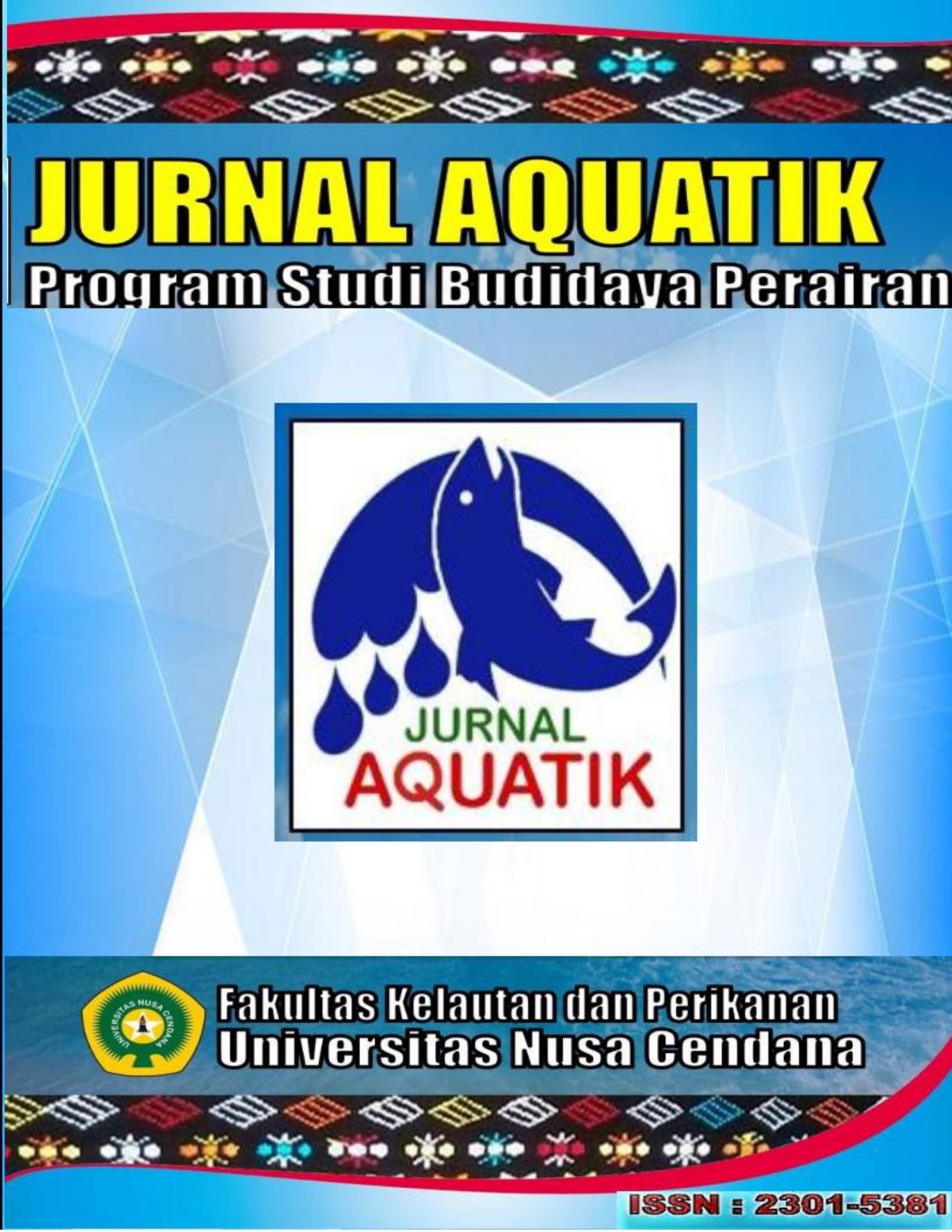Studi kelimpahan dan morfometrik pada kerang darah (Anadara granosa) di Perairan Motadikin Kabupaten Malaka
Abstract
Anadara granosa is one of the fisheries commodities that is abundant in various regions, especially tropical areas. The high use of blood cockles by the community in Motadikin waters is considered to result in a decline in the population of blood cockles in nature, thereby increasing population growth. This research aims to examine the abundance and morphometric features of blood cockles in Motadikin waters, Malaka Regency. This research was carried out for 1 month in Motadikin waters, Malacca Regency using the transect method. The number of transects used was 3, the distance between transects was 25 m and each transect used 6 quadrants with a size of 1x1 m and the distance between each quadrant was 5 m. The results of the research showed that the abundance of blood clams in Motadikin Waters was an average of 5-7 individuals/m2 and the average The average abundance found on substrates covered with mangroves (I) is higher than on sandy substrates alone (II). Meanwhile, morphometric measurements of blood clams in Motadikin waters are dominated by blood clams with a length range of 3.2 cm - 3.9 cm, with a shell height of 1.4 cm - 2.7 cm, an umbo height of 1.1 cm - 1.2 cm, shell thickness 2.4 cm - 2.6 cm and ligament length 2.4 cm - 2.7 cm.
Keywords: Anadara granosa, abundance, morphometrics, motadikin waters.

 Hendrikus Klau Seran(1)
Hendrikus Klau Seran(1)



